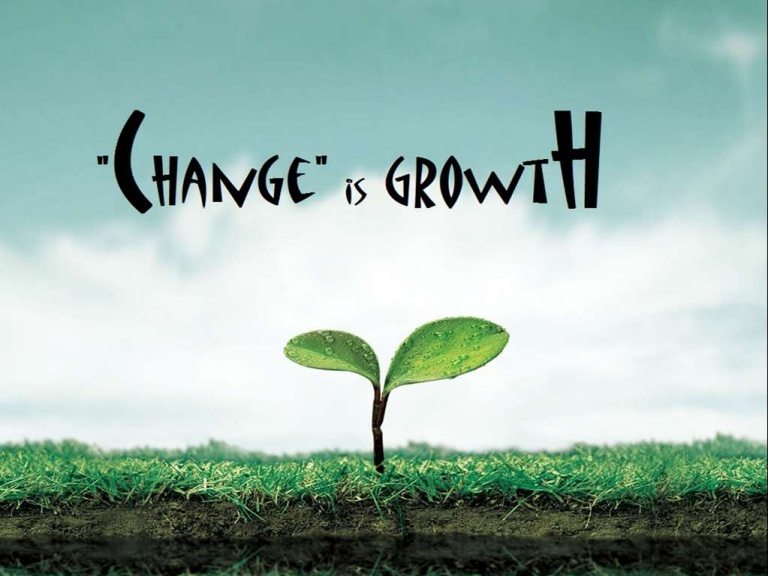
We evaluate this expectation by extending Abramowitz's ( 2016) model of incumbent vote share for U.S. These findings together suggest greater partisan polarization diminishes economic voting.

Likewise, partisan polarization intensifies partisanship's behavioral influences. Yet, research into partisans’ “perceptual screens” and motivated reasoning shows that partisanship interferes with objective consideration of information in political decision-making. Also, currently high levels of partisan polarization in the United States indicate elections will remain competitive, even if economic conditions otherwise favor or undermine an incumbent candidate's chances of winning.Ĭitizens practice “economic voting” when they vote “for the government if the economy is doing all right” and otherwise vote against it (Lewis-Beck and Stegmaier, 2000:183). ConclusionĮconomic performance exerts less influence on vote choices when parties are highly polarized than when they are not. We find support for our expectation that greater partisan polarization mitigates the association between economic performance and American election returns. presidential elections from 1952 to 2016 including as predictive terms national partisan polarization (DW-NOMINATE) and the interaction between polarization and economic growth (annualized second quarter GDP change in election years). We estimate statistical models of the incumbent party vote shares in U.S. We evaluate whether partisan polarization attenuates the link between economic performance and citizens’ votes. However, a variety of findings on economic voting, cognitive biases in information processing, and party polarization indicate that both objective and subjective economic information should become less important to voters as partisan polarization increases. Those trends, Abramowitz writes, lead to a gloomy conclusion: “With divided government likely to be a frequent occurrence and little or no incentive for bipartisan compromise, our findings suggest that confrontation and gridlock are almost certain to characterize the policy-making process in Washington for the foreseeable future.There is substantial evidence that American voters blame or credit the president for the state of the economy when making electoral decisions. With election results increasingly nationalized, that means Democrats will continue to have trouble winning a majority of the House so long as that uneven distribution of where voters live continues. Because Democratic voters cluster in the nation’s cities, Republican presidential candidates win in significantly more House districts than do Democrats, even when a Democrat wins the White House. In the House, however, the pattern gives a clear advantage to the GOP. The same phenomenon probably will create serious problems for several Republican senators running in blue states in 2016. elections doomed Democratic senators from conservative states who were up for election in 2014.



They’re also more likely to punish elected officials whom they perceive as too willing to compromise with the other side. Not surprisingly, given those negative feelings, voters are far less likely to cast a ballot for a candidate of the other party, even if the candidate is a longtime incumbent with strong local roots. The share of the electorate giving the other party a negative rating has jumped from just more than 1 in 4 to well over half. Just more than 1 in 5 now put the other party at least five steps away, something that almost no voters said in 1972.Īsked to rate their feelings about the other party on a thermometer, with 0 being entirely negative and 100 entirely positive, people who strongly identify with one party or the other went from giving the opposition a largely neutral 41 rating in 1980 to a chilly 24 now. Asked to place themselves and each of the two parties on a seven-point scale from conservative to liberal, fewer than 1 in 5 voters in 1972 said the other party was at least four steps away from their position.


 0 kommentar(er)
0 kommentar(er)
